Hamsters were not seen as pets up until the 1920s. That was when a zoologist first discovered these creatures in the Syrian Desert and brought them to the attention of the world. Today, hamsters enjoy widespread status as desirable pets around the world.
If your child wants a hamster, it might seem like an innocent-enough request at first. Hamsters are tiny, cute creatures and may not seem capable of much trouble. You should think hard before you agree, though. Hamsters certainly can be a great deal of trouble.
1. Hamsters do not enjoy being held and can bite
Gerbils are much safer for children than hamsters. Gerbils can be held and petted at will. They never bite or scratch. Hamsters, on the other hand, need to be socialized before they will allow themselves to be picked up. Since hamsters have poor eyesight, they can be very nervous around humans until they learn to trust them.
A scared hamster can bite a child, cause scratch injuries and even hurt itself by attempting to jump out a child’s grasp. A hamster jumping out a child’s hand can injure itself landing on the floor.
2. Hamsters can break a child’s heart
Hamsters do not live long – two years is the best that you can expect. Forums of hamster owners are full of stories where owners see their hamsters living no more than three months. Pet stores selling hamsters tend to warn their customers about the short life expectancy, too.
It can be devastating to a child to lose a pet. A child can carry the scars for a long time. With hamsters, a child is likely to be hit by such pain over and over. It cannot be a good idea to put a child through such an experience.
3. They can run away from home, given the slightest chance
Some rodents attach themselves to the homes that they are raised in. Hamsters are not loyal in this way, though. Their instinct is to escape confinement and return to the wild. It can be difficult to get a child to be responsible enough to never leave a cage door open. Playtime with a hamster, then, can end up being about constantly blocking off all escape routes.
More: 7 Tips for Taking Care of Your Hamster
4. Their cages can need constant cleaning
Hamsters are notorious for their inability to stay clean. A clean hamster placed in a clean enclosure can cover it in droppings and pee in as little as two days. Since hamster waste can be extremely foul-smelling, it is a problem that cannot be ignored. Dirty hamster cages also tend to attract bugs.
Both hamsters and their enclosures, then, can need constant cleaning. It can be difficult to get a child to take responsibility for such a chore. It can be unsafe, too.
5. Salmonella is a possibility
While getting a child to clean a hamster cage up may seem like a good way to teach commitment and responsibility, it can involve some risk. Dirty hamster cages are known for their potential for salmonella contamination. Since children don’t truly appreciate the risk involved, it can be difficult to get them to clean their hands properly. Hamsters may not be the best way to help a child learn responsibility.
6. Cleaning a hamster cage is about more than just cleaning
Hamster cages need to be lined with fresh wood shavings. When a cage is cleaned out, then, you need to supply a fresh bedding of wood shavings each time. The costs can add up.
7. Hamsters can be expensive
Hamsters certainly are not expensive the way pet dogs and cats can be. Getting a hamster, setting up a hamster cage, though, can end up costing $200 or more at first. Many families tend to feel that a $200 bill for pets that do not live very long is unreasonable.
8. Hamsters are nocturnal and terribly noisy at night
Gerbils are crepuscular creatures – they do not sleep for hours together during a given part of the day. Hamsters, though, are nocturnal – they sleep through the day and stay awake through the night. It can be hard for children to find time to play with a hamster, then. They would have to stay up far past their bedtime.
Once hamsters wake up each night, they can be extremely active. Hamsters are compulsive movers – no space would be too large for them. Hamsters out in the wild can cover many miles each night. In captivity, they can exercise hard on their treadmills or wheels through the night. This kind of activity at night can be very noisy. Families with hamsters often struggle to find a place to put their hamster cages at night to keep the noise out.
More: 10 Most Popular Hamster Names
While hamsters are cute, you should probably choose another pet for your child. It can be difficult for a child to appreciate the kind of trouble hamster ownership comes with.
If your child does not understand arguments that include all the downsides, it can be an idea to take him to meet a family in the neighborhood that does own hamsters. Your child can see for himself how difficult hamster ownership can be.

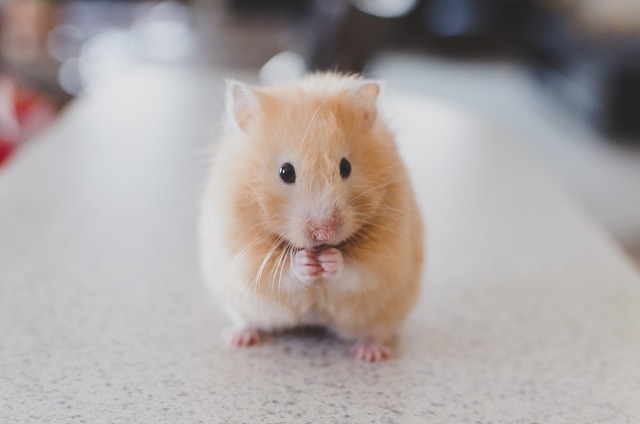
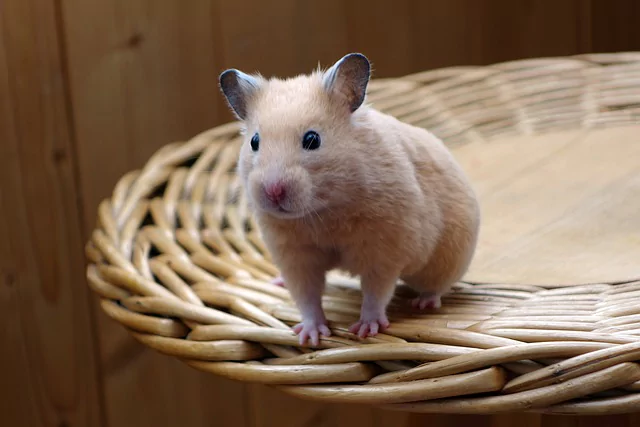
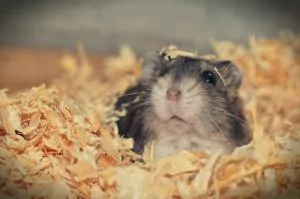



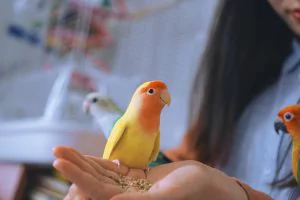
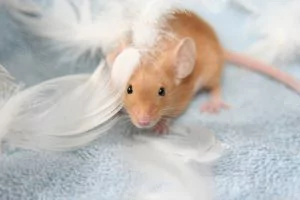
Comments